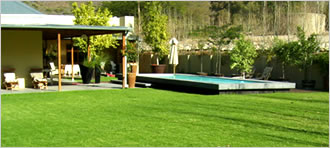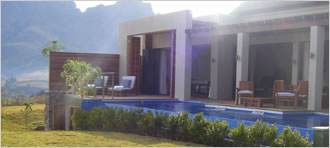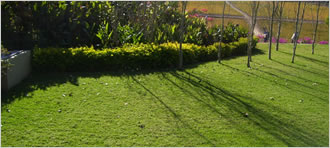Our Products
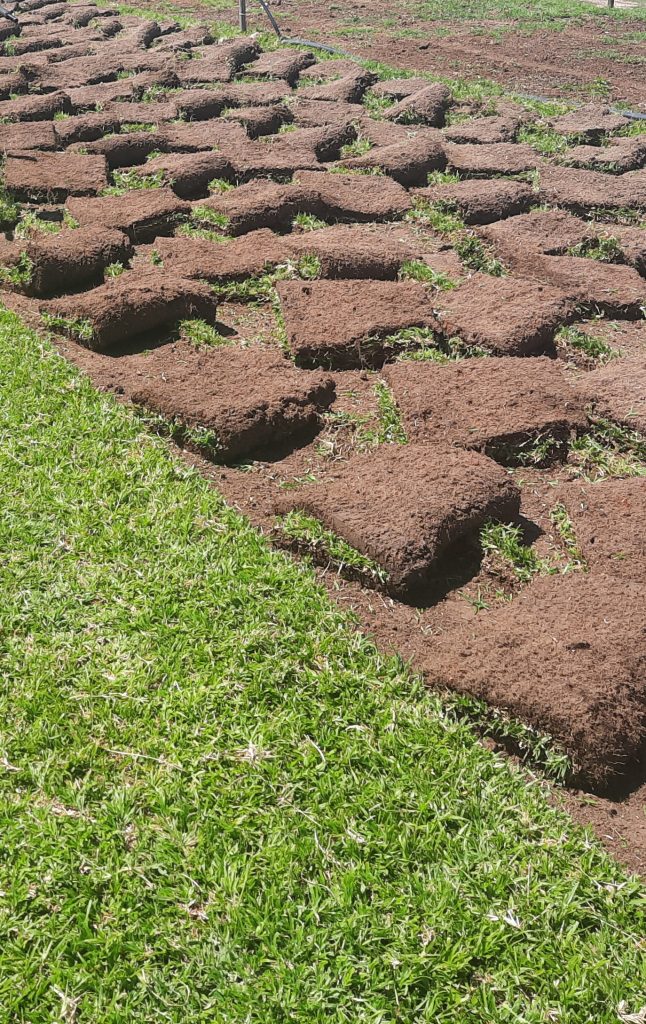
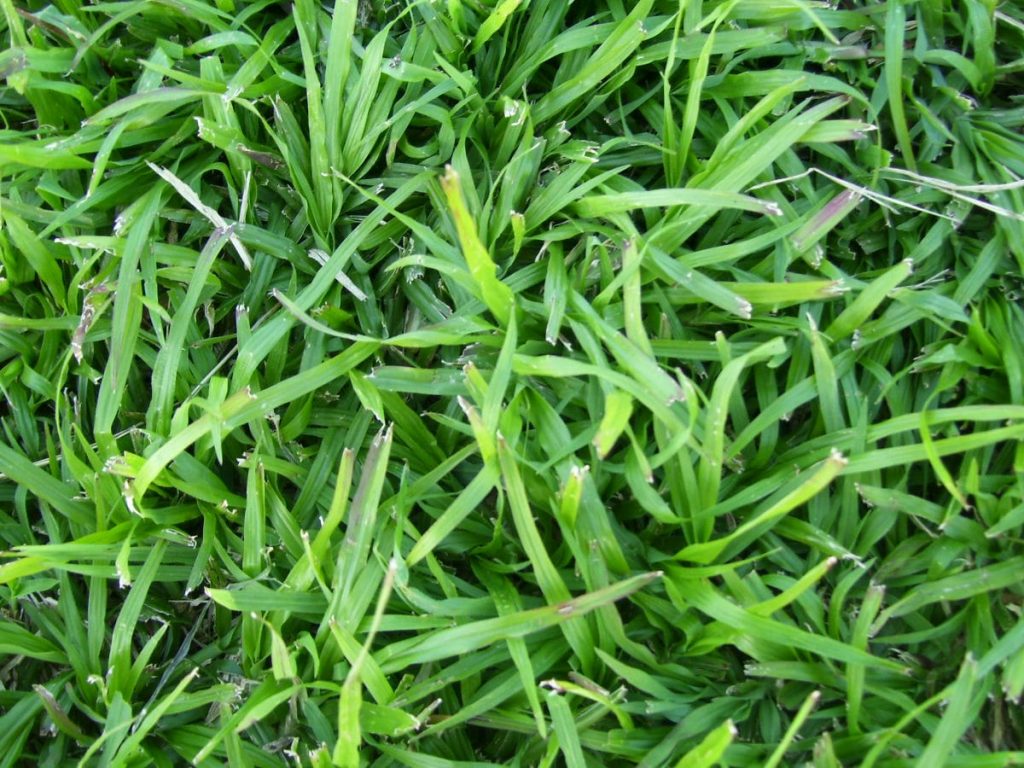
- Soft lawn
- Medium growing lawn, which makes it a semi-quick bounce back lawn
- Sustain up to 60% shade + full sun
- Semi-traffic and drought resistant
- Broad leave with fine roots slightly into the soil and runners on top of soil
- Used for homes, complexes, estate
- Watering 2-3 times per week (30 mins per day) during summer
- Best time to plant: summer, autumn and spring
- Origin KZN
Berea is indigenous to the north-western parts of South Africa and is mainly found in the KZN district. We think of Berea lawn as a combination of Kikuyu and Buffalo lawn with all the positives and almost none of the negatives. Berea has a soft leaf like Kikuyu, but also a broad leaf like Buffalo.
The growing tempo of Berea is slower than Kikuyu, but faster than Buffalo, meaning that you only have to mow it once every second to third week. Its water consumption is also in the middle of Kikuyu and Buffalo, meaning less than Kikuyu, but more than Buffalo. Berea lawn thrives in both sunny and shady conditions, because of its root system.
Buffalo and Kikuyu have a root system that mainly grows downwards and slightly sideways with the root system growing with a radius of about one metre, meaning that if Kikuyu or Buffalo grass does not get a fair amount of sun within this one-metre growing radius of its roots, photosynthesis (for growing) cannot take place. Then the grass fades away in shady conditions because there are no roots or leaves to absorb the required sunlight for growing (photosynthesis) to take place, but with Berea lawn it is a totally different story.
Berea has a root system that grows directly under the grass carpet going sideways and not downwards. One Berea runner can become as long as seven to eight metres. All these sideways-growing runners form an entangled web right underneath the carpet of grass and have smaller roots along the long runners, establishing the long runners to the soil every four to five centimetres. What this means is that if Berea lawn does not get sunlight in a certain area, it will be supported by its long roots (runners) transferring the sunlight from the sunny area to the shady area within a 7 to 8m² radius. This is the reason why Berea is the most shade tolerant of all the types of grass.
Berea’s colour differs from a light lime-yellow green to a dark green colour depending on the season and condition of the grass. Berea also has a soft texture and is suitable for playing, lying, and walking on. Berea also has some reviving qualities if neglected, but not as much as the Kikuyu lawn.
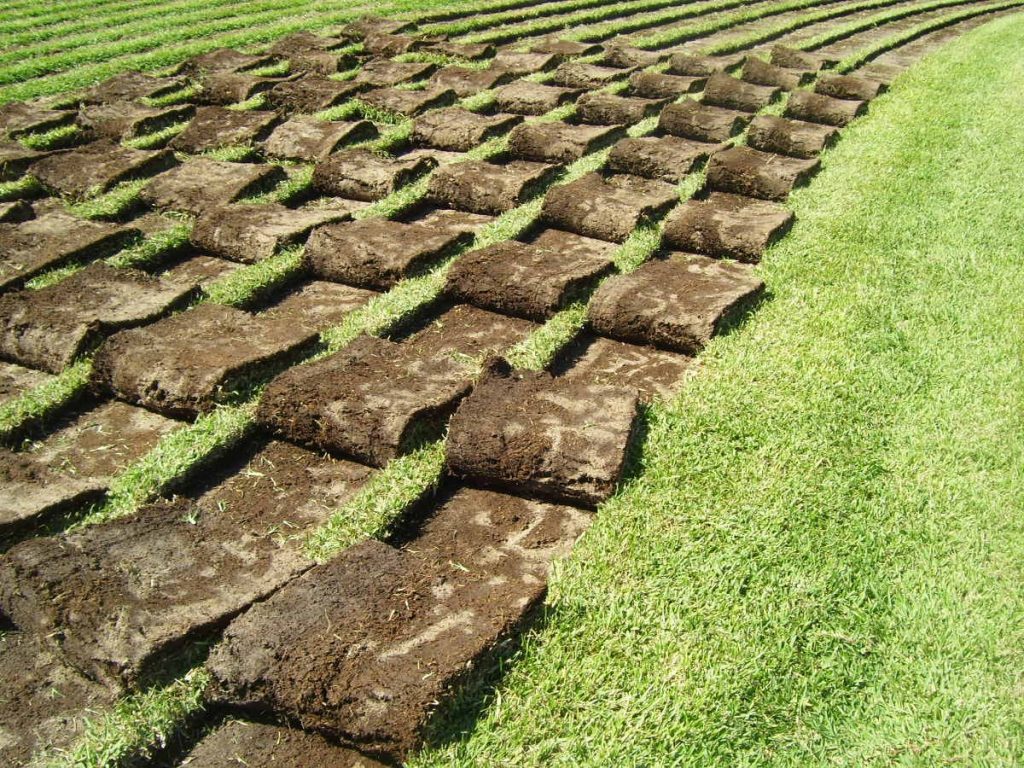

- Hard and coarse lawn
- Slowest growing lawn, which makes it a non-quick bounce back lawn
- Sustain up to 20% shade + full sun
- Traffic and semi drought resistant
- Broad leave with fine roots slightly into soil and runners on top of soil
- Used for homes, complexes, estate, seaside areas
- Watering 1-2 times per week (20 mins) per day during summer
- Best time to plant: summer and spring
- Origin – indigenous to coastal areas in South Africa
Buffalo is indigenous to the western and eastern parts of South Africa. It is a slow, but strong lawn and strives in areas where the conditions are just right. It needs a fair amount of water, but not as much as other cultivars. That is why Buffalo is recommend along the seaside (vacation homes and the like) where there is regular rainfall and periods between rain are not far apart. If Buffalo does not get the minimum water it requires, it will die. Because Buffalo has no self-reviving qualities it will not become lush and green again. That is why it is very important to never neglect your Buffalo lawn.
Even though it takes less water, you have to make sure that your watering schedule will be regular, but in smaller quantities. Buffalo lawn has some shade resistance, but not too much. It will probably still grow in semi-shade conditions but will not flourish like it would have in sunny conditions. Buffalo has a broad leaf and is dark green in colour.
The texture of Buffalo is normally a hard crunchy texture but can be improved with regular mowing. Because of the slow-growing tempo, Buffalo takes much longer to re-establish itself to new areas after being laid. After relaying Buffalo, it needs the utmost care and patience to get it re-adapted and growing. Once that is achieved you will have a very strong lawn that is low maintenance – you only have to mow it once a month and requires a minimum amount of water regularly.
The slow-growing tempo of Buffalo has its ups, but also has its downs. To grow the best quality Buffalo lawn, it needs about a year and a half before we can harvest it. Whilst growing Buffalo, it is labour intensive to de-weed the lawn and makes it very expensive compared to the faster-growing lawn cultivars that we harvest once every six months. Buffalo also becomes dormant during winter and almost go into a sort of hibernation. That is why you can only work with Buffalo during winter if the quality is very good. Buffalo has a slightly blue-green colour that also varies according to the condition of the grass
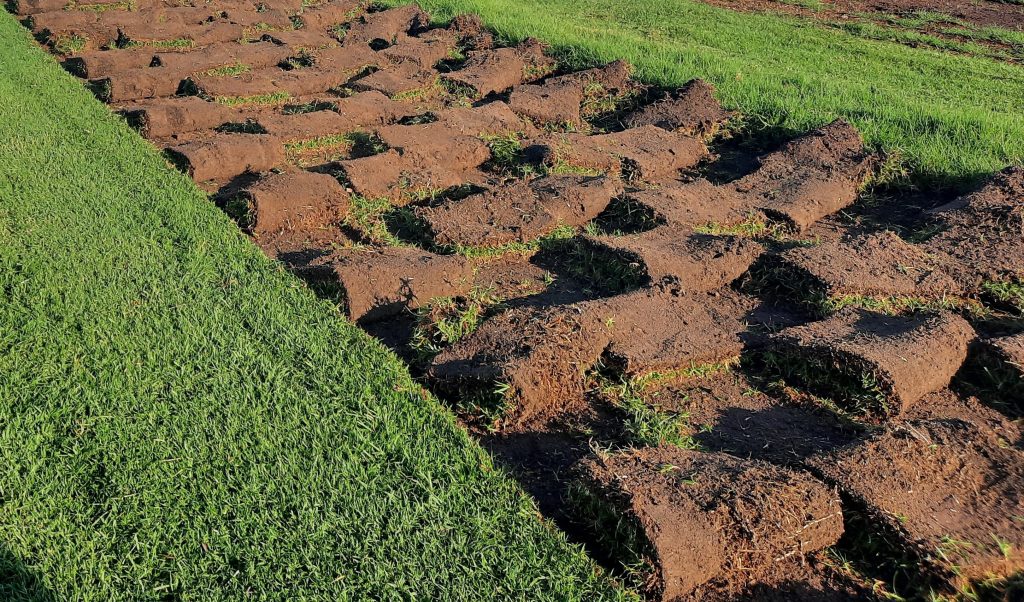
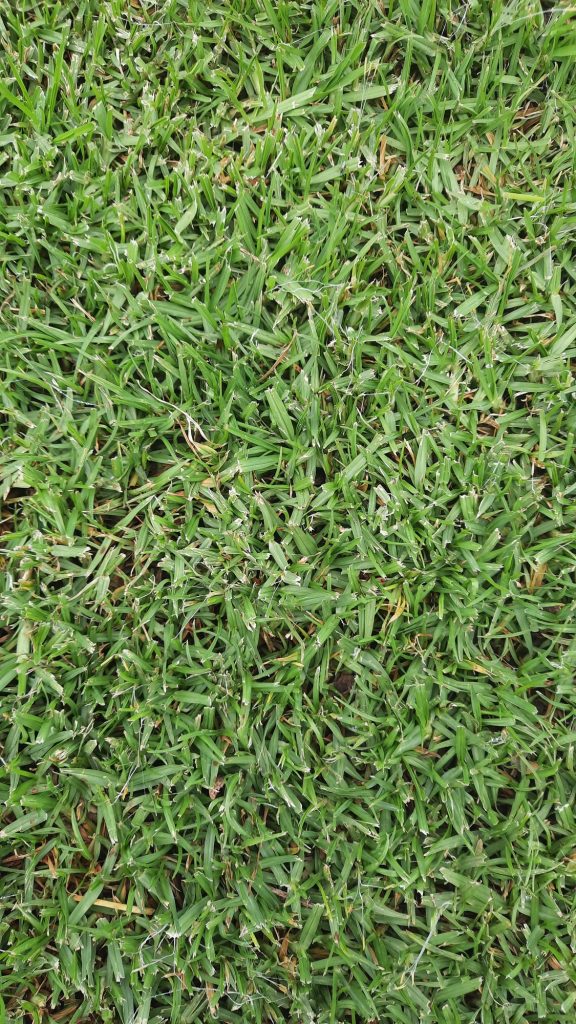
- Semi-Soft lawn
- Fastest growing lawn, which makes it a quick bounce back lawn
- Sustain no shade, full sun only
- Traffic and drought resistant
- Broad leave with thick roots deep into soil
- Used for homes, sport fields, parks etc.
- Watering 2-3 times per week (30 mins per day) summer
- Best time to plant: summer, autumn, winter and spring
- Origin Kenya
Kikuyu was imported to South Africa in the 1950s from Kenya and is used to grow sports fields, because of its fast-growing tempo. The recovery time of grass after heavy traffic and damage was kept to a minimum. Kikuyu grass became very popular across South Africa, professionally and domestically.
Until today, Kikuyu (named after a tribe in Kenya) is still the most popular and affordable lawn, because of this reviving quality. The downside of Kikuyu is, because it comes from a semi-tropical and warm climate, it cannot handle shade or semi-shade areas. Over a short time, it will fade away in such conditions. It also needs more water than other grass cultivars which is understandable, considering its fast-growing tempo. Compare this to a person with a higher metabolism that needs more food, because he burns it much faster. Kikuyu also needs to be mowed regularly – at least once every two weeks or if you want your lawn to always look good, once a week.
The watering of Kikuyu can be neglected from time to time or even if it’s left to turn brown or dry out, once you start watering it, it will revive itself in about a month and become green again. The growing tempo of Kikuyu slows down slightly during wintertime, but not that much compared to the cultivars indigenous to South Africa. The lawn texture differs from how it is maintained. The more you mow your Kikuyu lawn, the thinner your grass blades become and the finer your texture will be. Kikuyu is normally a very soft and comfortable lawn to walk, lie or play on and is bright green in colour.
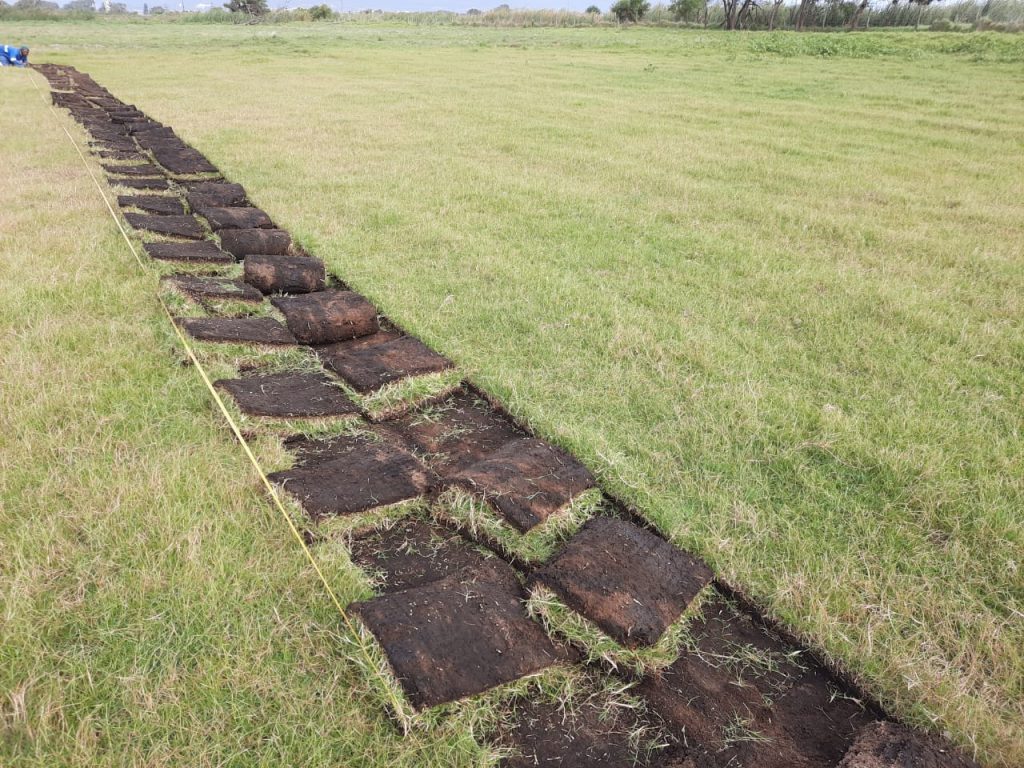
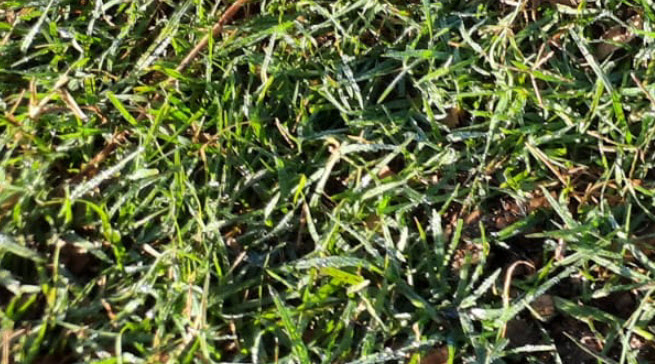
- Semi-soft lawn
- Medium growing lawn, which makes it a semi-quick bounce back lawn
- Sustain no shade – full sun only
- Traffic and drought resistant
- Fine leave with thin roots deep into the soil
- Used for parks, estates and complexes.
- Watering 1-2 times per week (30 mins per day) during summer
- Best time to plant: summer, autumn and spring
- Origin – indigenous to South Africa
Cynoden is indigenous to eastern and western Africa and consists of different variant species, probably because it needed to evolve according to the different climates and conditions all over Africa.
The main characteristics of Cynoden are the fine texture caused by thousands of thin leaves forming a nice thick mat (if treated properly). All types of Cynoden have a dark green colour sometimes tending to be a blue-green colour. In the Western Cape, Cynoden is often revered to as a weed (Kaapse Fyn kweek), because it always grows where nothing else will grow.
The reason for the success of Cynoden species all over Africa (now even in America) is its resistant quality against drought. It can withstand almost any condition and still survive, but it can be easily overgrown by other grass cultivars if the conditions are more suitable for example Kikuyu, Buffalo or Berea. If the other cultivars (previously mentioned) are neglected, Cynoden will reappear and take over.
Cynoden also does not like shaded areas although you might find patches of it in shaded areas, it will never thrive there. Cynoden is also a low-maintenance lawn that does not need a lot of water or mowing. Cynoden lawns are mainly used on surfaces where a finer finish is required, because of the fine texture of the lawn. Cynoden and other varieties of Cynoden are mainly used on the green on golf courses, bowling green for cricket and the like. The other popular Cynoden is the Gulf green with more or less the same qualities and uses as mentioned above.

